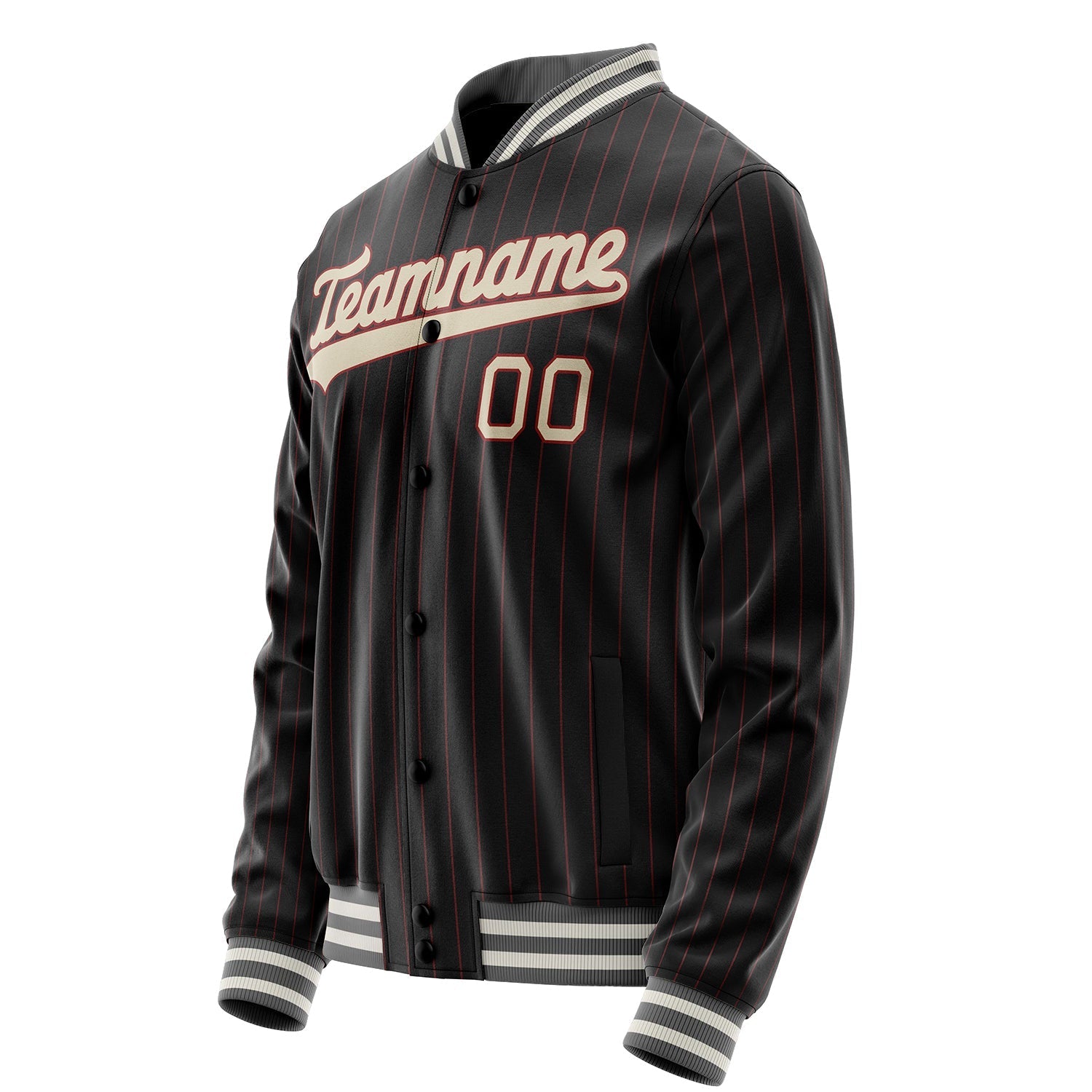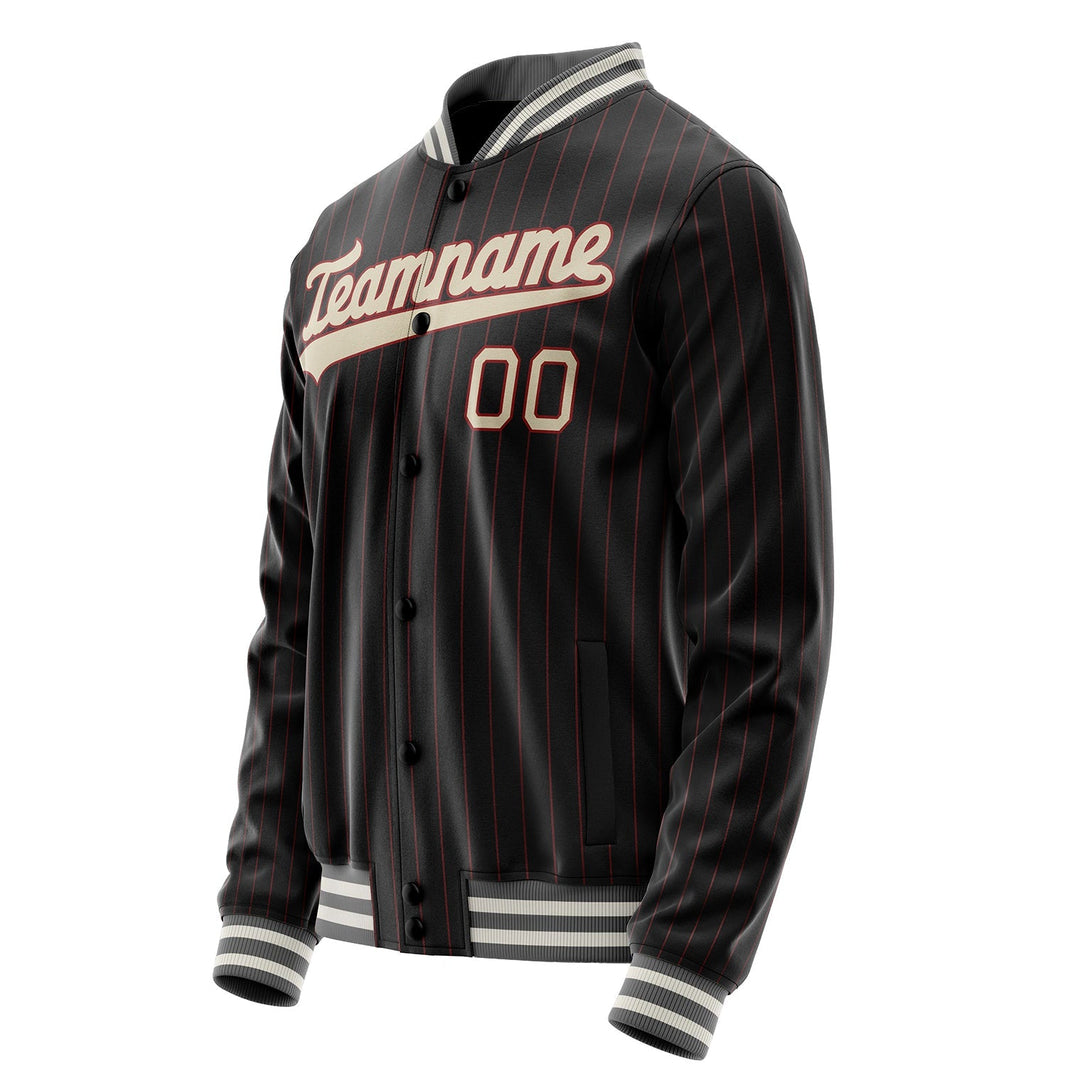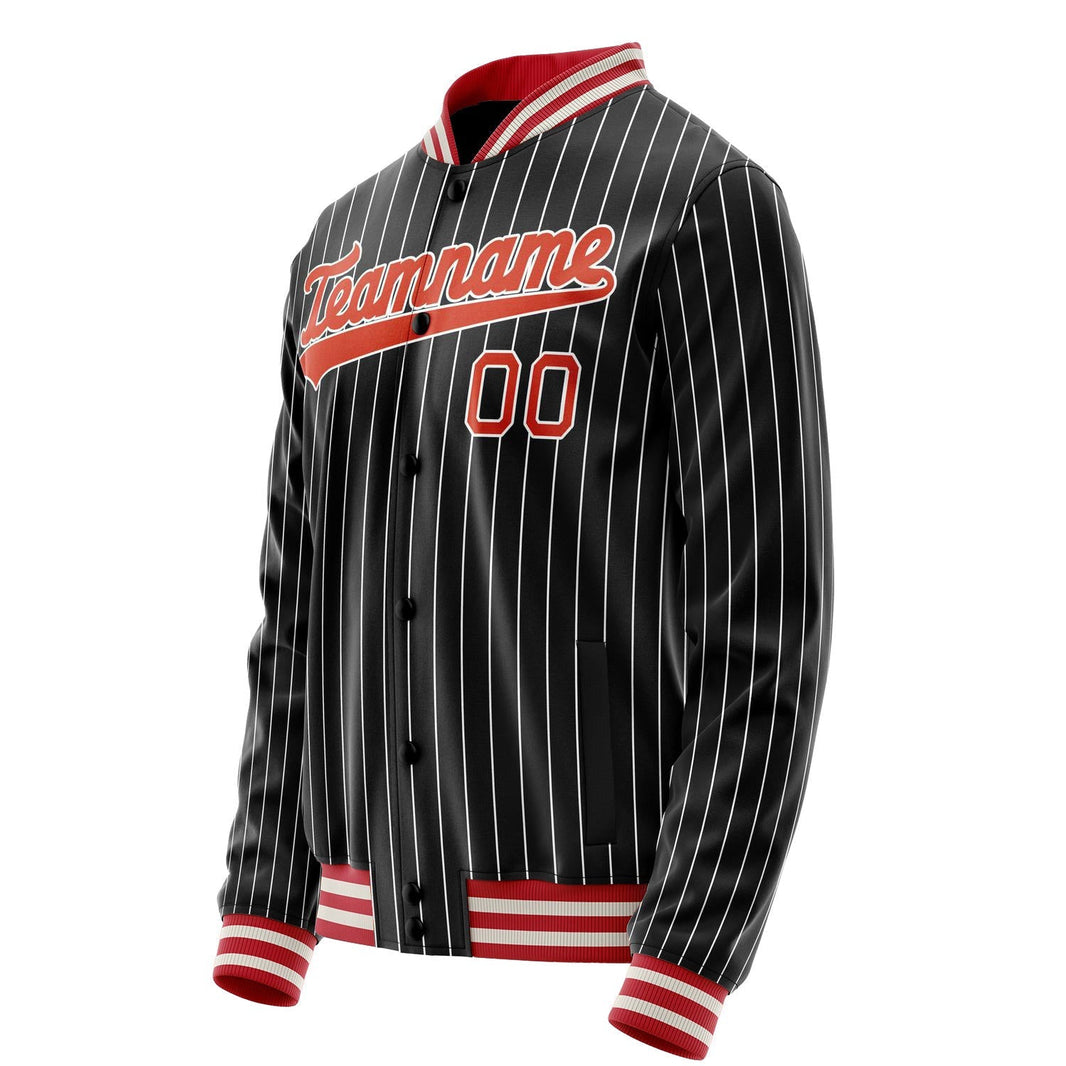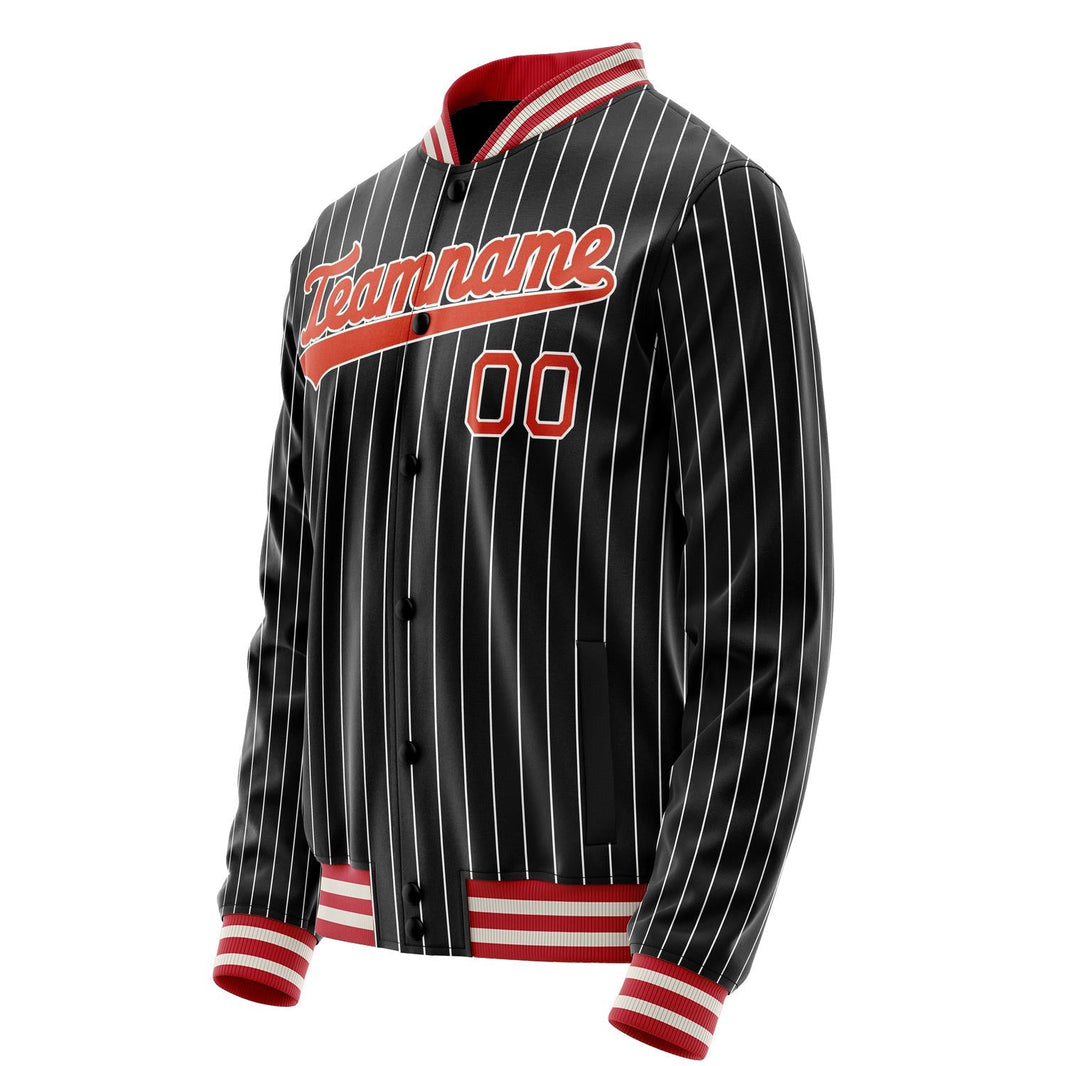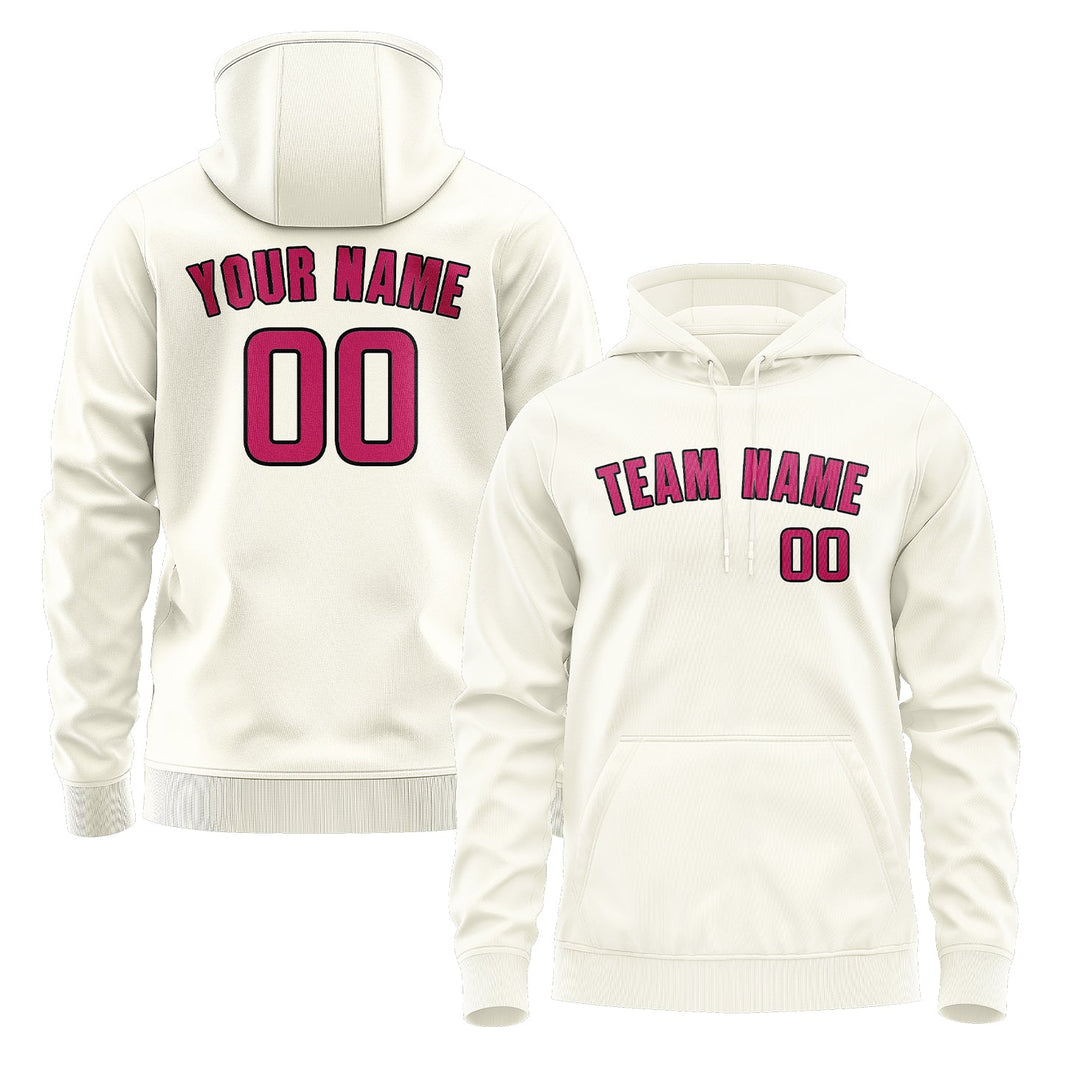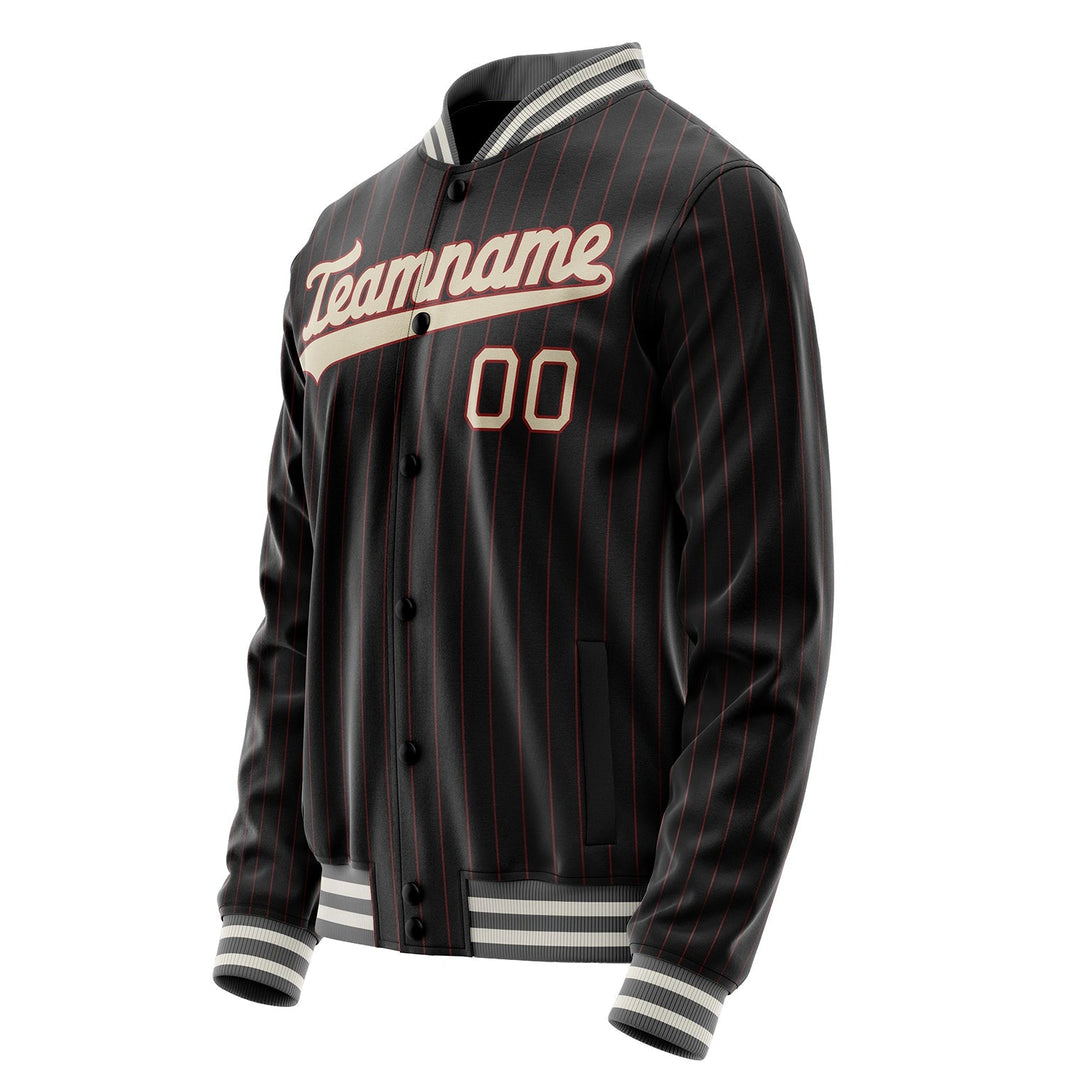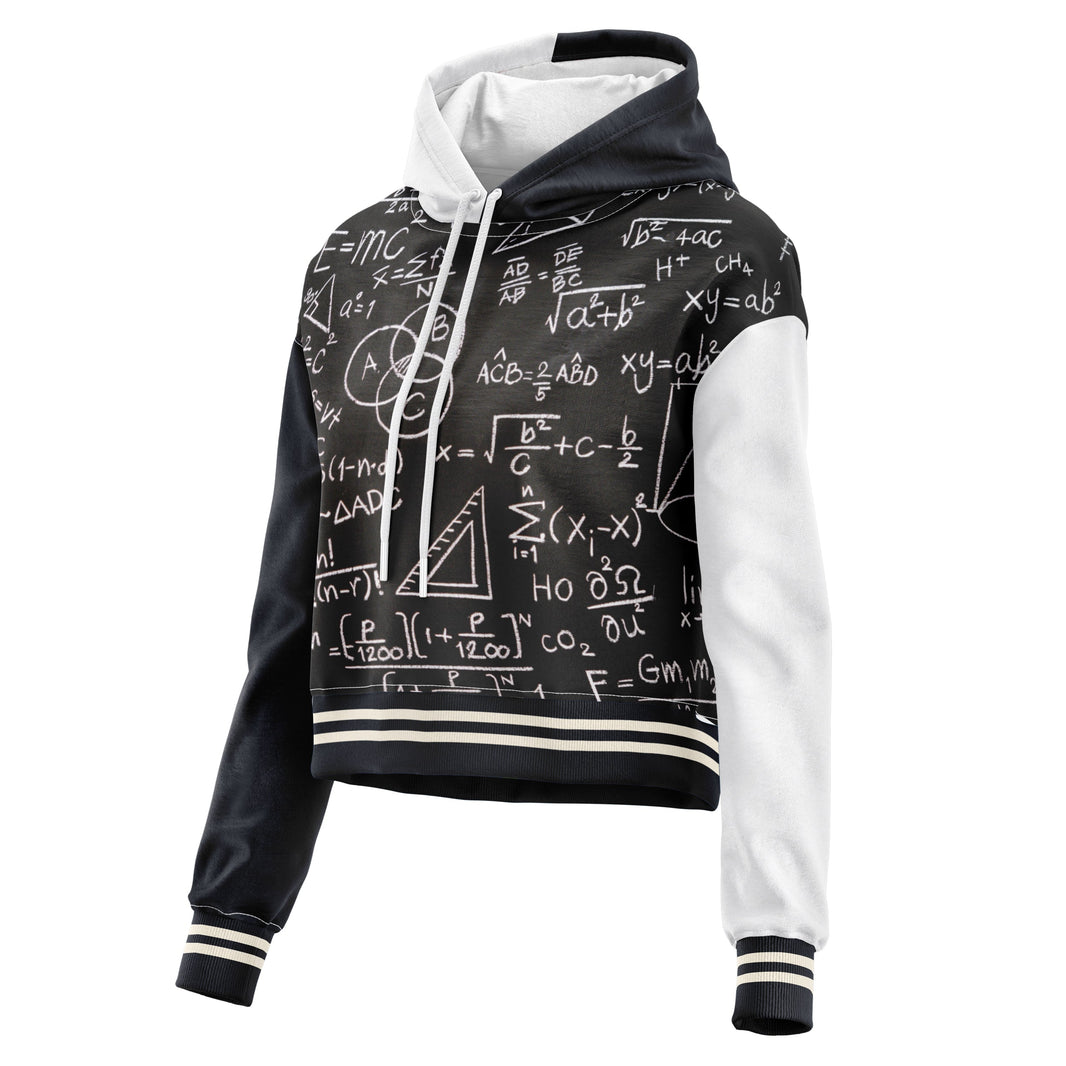There is a distinct, almost imperceptible shift in the air. It’s the moment a crisp autumn breeze loses its playful edge and carries the first, serious promise of winter. It’s in this fleeting second, as you instinctively pull your thin sweater closer, that the profound importance of a good jacket reveals itself. A jacket is not merely a garment; it is a sanctuary. It is a mobile haven of warmth, a statement of personal style, and a daily companion against the elements. Yet, a pervasive myth lingers: that this sanctuary, this statement, this companion, must command a small fortune. The truth is far more empowering. The art of acquiring a high-quality jacket that respects your budget is not about luck; it is about knowledge. It is about understanding that the true value of a jacket is not found on its price tag, but in its foundational blueprint—its essence, its jacket pattern.
This guide is not about finding the cheapest option. It is a masterclass in identifying value. It’s a journey into the world of thoughtful construction, intelligent materials, and timeless design, demonstrating how you can dress with uncompromising comfort and style without compromising your financial well-being. We will explore how the principles of a well-executed jacket paper pattern are the secret language of quality, a language you can learn to speak.
The Philosophy of Value: Beyond the Price Tag
Purchasing a jacket with intention is an act of self-care and smart consumerism. It is a rejection of fast fashion's disposable culture and an investment in a piece that will serve you faithfully for years, perhaps even decades. This pursuit is rooted in a simple, powerful idea: the most expensive jacket is the one you have to replace every season. The most economical jacket in your wardrobe is the one that remains, season after season, a reliable and beloved staple. Its value compounds with each wear. This long-term perspective shifts the focus from initial cost to cost-per-wear, a metric where a slightly higher upfront investment in a superior piece often proves to be the most frugal choice over time.
This philosophy begins with a deceptively simple concept: every great jacket starts with a great plan. Before a single thread is cut, its potential is mapped out. This is the realm of the jacket pattern.
The Anatomy of Comfort: Decoding Materials and Construction
The soul of a jacket lies beneath its surface, in the choice of fabrics and the integrity of its assembly. Understanding these elements is the key to unlocking exceptional value.
1. The Fabric of Life: From Outer Shell to Inner Warmth
The materials used are the first and most crucial indicator of a jacket's quality and comfort.
-
The Outer Shell: This is the jacket's first line of defense. For a versatile, weather-resistant option, look for densely woven fabrics like polyester taffeta or nylon taslan. These synthetics offer excellent wind and water resistance without a hefty price tag. A high-quality quilted jacket pattern often uses such materials for the outer shell, combining function with a classic, textured aesthetic. The magic is in the finish; a good matte or soft-touch finish feels premium, while a cheap, glossy plastic feel is an immediate red flag.
-
The Insulation: The Engine of Warmth. This is where comfort is truly born. Synthetic insulations like PrimaLoft® or Thermolite® are modern marvels of value engineering. They provide remarkable warmth for their weight, are highly compressible, and, crucially, retain their insulating properties even when damp. When you see a quilted jacket pattern, the stitching you see is not just decorative; it's functional, creating pockets that hold this insulation in place, preventing it from shifting and creating cold spots. The quality of the fill—its loft and consistency—is what separates a jacket that keeps you warm from one that merely looks the part.
-
The Lining: The Silent Partner in Comfort. Often overlooked, the lining is what your skin feels. A soft, breathable lining like polyester satin or mesh prevents sticking and allows for easy layering. A poorly chosen, scratchy lining can ruin the experience of an otherwise fine jacket. A well-designed jacket paper pattern will account for the lining's drape and ease, ensuring it moves with the shell and doesn't pull or constrict.
2. The Blueprint of Quality: Reading the Signs of Superior Craftsmanship
Quality whispers; it does not shout. You must learn to listen with your eyes and hands. The blueprint for this quality is found in the execution of its fundamental design—the jacket pattern brought to life.
-
The Poetry of Stitching: Inspect the seams. Are they straight, tight, and consistent? Loose threads, skipped stitches, or wobbly lines are hallmarks of rushed, cost-cutting production. Reinforced stitching at major stress points—shoulders, armholes, and pockets—is a non-negotiable feature of a durable garment. On a quilted jacket pattern, examine the quilting lines themselves. They should be perfectly even, with no puckering of the fabric. This precision is a direct result of a accurately engineered jacket paper pattern and skilled assembly. Running your fingers along a flawlessly executed seam is a tactile pleasure; it’s the feeling of integrity.
-
Zippers, Buttons, and Hardware: These are the functional jewelry of a jacket. A zipper should glide smoothly, without catching or hesitation. Branded zippers like YKK are a good sign, but many unbranded ones can also be reliable if they feel robust. Buttons should be securely attached and made of durable material, not cheap, hollow plastic. On a jacket following a complex jacket pattern, such as a multi-pocket field jacket, the hardware must be tough enough to handle daily use. The moment of zipping up a well-made jacket, hearing a satisfying, smooth zzzip, and feeling the cold air definitively shut out is a small but profound emotional victory.
-
The Fit: Where Blueprint Meets Body
This is the moment of truth in the fitting room. It’s an emotional crescendo in the shopping experience. You slip on the jacket. It’s the culmination of every design choice, every stitch, every detail of the jacket paper pattern. You pull the zipper up. You move. You raise your arms as if to grab a book from a high shelf. You sit down as if commuting. A jacket born from a superior jacket pattern will allow for this range of motion without hiking up in the back, pulling across the shoulders, or feeling constrictive. The comfort is active, not passive. It’s a feeling of being perfectly accommodated. The jacket doesn't wear you; it disappears into a sensation of protection and ease. This is the ultimate reward for the savvy shopper—the feeling of having found a tool for living, a second skin that empowers rather than restricts.
The Strategic Hunt: When and Where to Find Value
Knowledge of construction must be paired with strategic acumen. Knowing what to buy is only half the battle; knowing when and where to buy is the other.
-
Mastering the Seasonal Shift: The single most effective strategy is to buy off-season. The best time to buy a heavy winter coat is in the heart of spring (February-April), when retailers are clearing inventory. The perfect lightweight jacket for fall can be found for a song in late summer (August). Patience is rewarded with discounts of 50-70% on high-quality items from the previous season, items whose fundamental jacket pattern and material quality are identical to the new, full-price collections.
-
The Treasure Troves: Outlets, Online, and Reviews: Outlet stores and official online brand sales are hunting grounds for the discerning. Here, you often find past-season models or slight variations with minimal changes to the core jacket pattern. The value is extraordinary. When shopping online, customer reviews and photos are your best friend. They provide real-world data on fit (how true it is to the intended jacket pattern), fabric feel, and long-term durability. Pay close attention to reviews that mention the jacket after months of use.
-
The Ultimate in Value and Sustainability: The Second-Hand Market
A high-quality jacket is built to last generations. Purchasing a pre-owned jacket from a quality brand is the pinnacle of value-driven, sustainable shopping. In thrift stores, on curated online platforms, and in vintage shops, you can find treasures. Imagine a timeless trench coat, its classic jacket pattern as relevant today as it was decades ago, its fabric softened into a unique character by years of wear. Or a robust field jacket, its quilted jacket pattern still holding strong, its pockets and seams telling silent stories of past adventures. Buying second-hand is not just about saving money; it's about rescuing quality and giving a garment with a proven jacket pattern a new chapter. The emotional connection to a jacket with a history is profound; it carries a narrative that no new garment can replicate.
Conclusion: The Jacket as a Lifelong Companion
In the end, this pursuit is about more than a garment. It is a philosophy. It is the deep, quiet satisfaction of being an informed consumer, of understanding the language of quality spoken through a jacket pattern. It is the pride that comes from selecting an item whose value reveals itself not on day one, but on day one hundred and one, after a sudden downpour, a long, chilly commute, or a brisk weekend walk.
When you find that perfect jacket—the one with the impeccable quilted jacket pattern that traps warmth without bulk, the one whose masterful jacket pattern allows for effortless movement, the one whose every stitch confirms the intelligence of its jacket paper pattern—it ceases to be a simple purchase. It becomes a trusted ally. It is the jacket you reach for without thinking, the one that feels like you. Dressing in the morning becomes not a chore, but a small, daily ritual of self-assurance.
Standing at a bus stop on a frigid morning, enveloped in the reliable warmth of your well-chosen jacket, you feel a quiet triumph. The wind howls, but you are in your sanctuary. You are warm, you are comfortable, and you are stylish. And you know, with unshakable certainty, that this sanctuary did not cost you a fortune. It simply required a blueprint for smart shopping—a blueprint you have now mastered.

